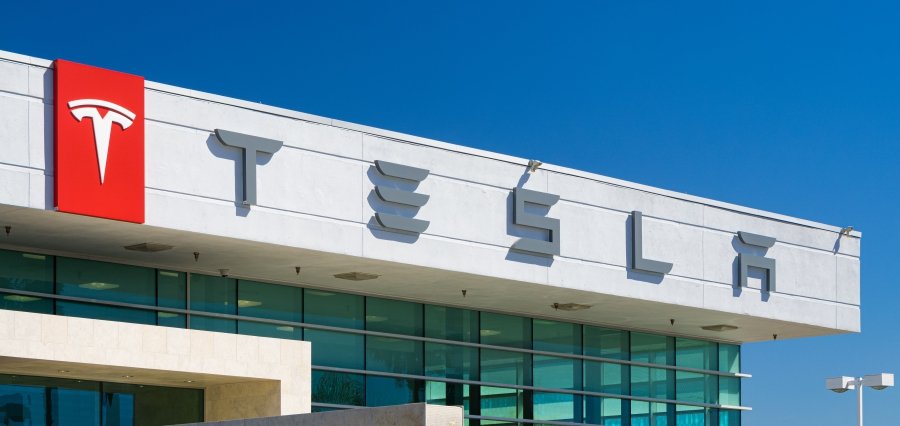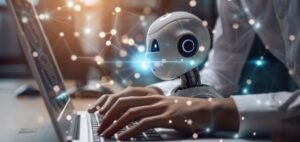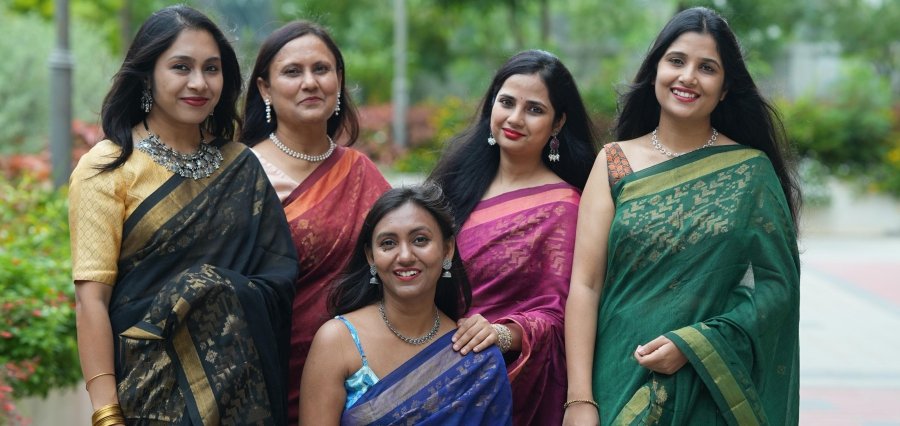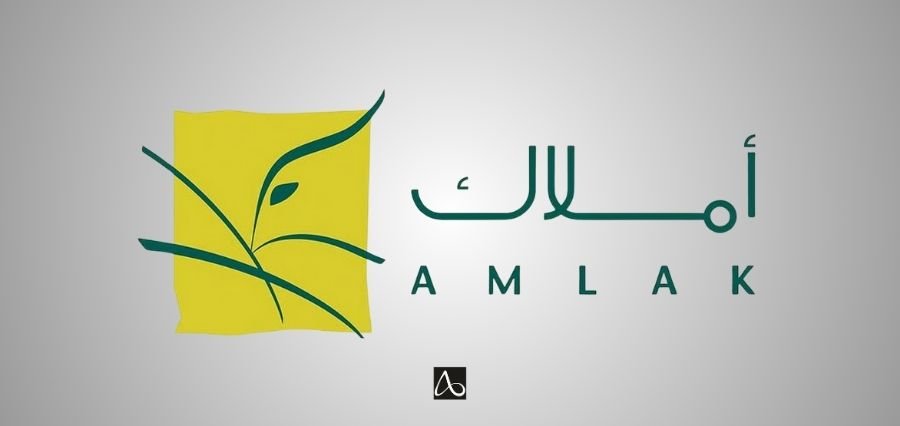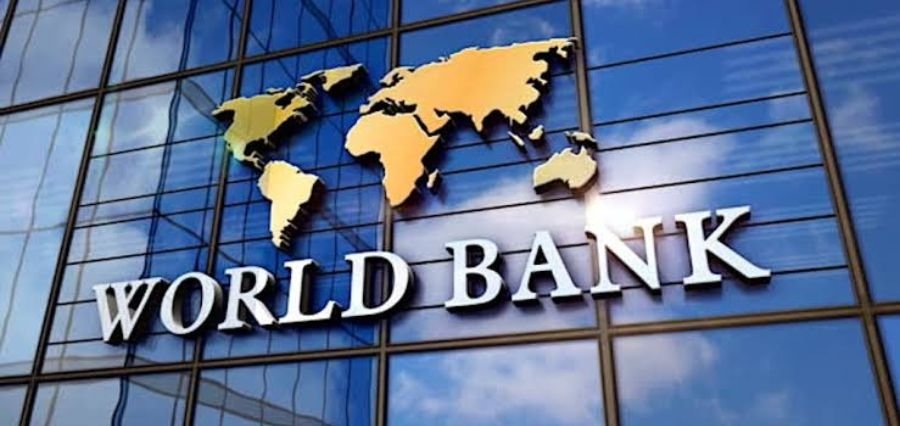Prime Highlights
- Tesla trials in-house ride-hailing using its Full Self-Driving (FSD) Supervised technology in the Bay Area and Austin.
- It aims to roll out its robotaxi service in Austin in June 2025.
Key Facts
- Existing FSD Supervised service is supported by a safety driver and only available to Tesla staff.
- It has recorded more than 1,500 internal trips across more than 15,000 miles through the trial process.
Key Background
Tesla has taken a giant step towards realizing its vision of self-driving with the introduction of in-house testing of its Full Self-Driving (FSD) Supervised ride-hailing service. The trials are taking place in Austin, Texas, and California’s Bay Area, but they are only available to Tesla employees. The project is viewed as a pilot phase toward a broader deployment, with Tesla aiming to officially launch a robotaxi service in Austin by June 2025. It will start by deploying a small fleet of 10 to 20 vehicles.
The FSD Supervised system used in these trials is Tesla’s most advanced driver-help technology to date. It makes the vehicle drive autonomously through a range of driving tasks; however, it still requires a human safety driver to stay alert and intervene if necessary. Tesla vehicles used in the trial are equipped with enhanced features to enhance user experience—rear-seat trip information displays, access to climate control systems, and emergency stop feature for passengers.
Tesla is hoping to be able to make do with cameras, using neural networks, and not have to use lidar or radar sensors. This simulation-of-human-perception strategy is in fact the very heart of Tesla’s self-driving philosophy. Still, Tesla has come under growing scrutiny, especially since the scandal and federal investigations into the safety and adequacy of its self-driving system. A real fatal crash in a Tesla vehicle that was utilizing Autopilot has stoked regulatory interest.
The bigger vision also includes scaling the robotaxi business to other cities by the end of 2025, pending the success of these pilots and regulatory approvals. Tesla also announced simultaneously that it will bring a purpose-designed autonomous vehicle, called the “Cybercab,” by 2026, one that will be pedal- and steering wheel-free, marking the company’s vision to reimagine future mobility.
Read More – Click Here

